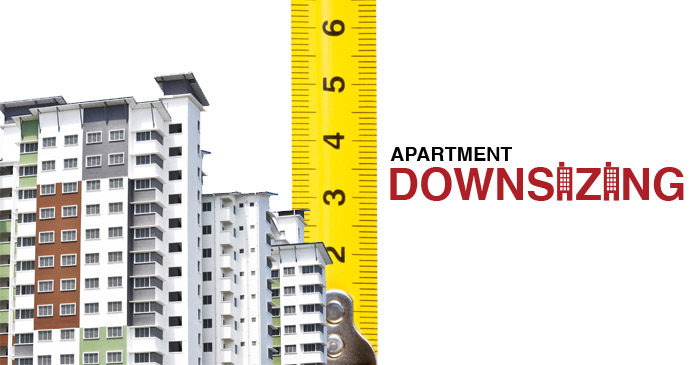If you think micro-units have had their 15 minutes of fame, think again. Think tanks, policy makers and apartment notables are looking at high-density multifamily housing as a viable solution to the affordable housing crisis. Could this really be the nation’s primary residential living style of the future?
As demand for affordable housing continues to be felt across the U.S., many developers include micro-units to their high-density, multifamily projects—typically in the urban core and beyond—in order to comply with a mandated number of affordable units. Others opt to pay the “fee in lieu” that allows developers to avoid the affordable inclusion requirement.
While including micro-units may address the affordability crisis, it’s not an easy pencil for builders. Projects with high numbers of micro-units are more expensive to build since construction costs don’t scale linearly. The space in an apartment is actually the cheapest part to build so removing it does not proportionally reduce costs. The primary expense of construction is found in the plumbing, fixtures and wiring.
Most micro-units must also be furnished due to their extremely small size and incompatibility with typical furnishings. The custom, modular, often dual-purpose furnishings required are not cheap. Also, to make up for less space within the individual units, developers often provide more shared amenities such as storage areas, laundry rooms and fitness centers.
Then there is special zoning. A development’s impact on roads, schools, parks, and other municipal services and facilities, such as public water and sewer services, are driven by density. Developers must either provide the services and facilities at their expense or pay fees for the resulting impact on existing facilities.
Micro-units move to the ‘burbs
Burlington, Vt., with a population of just over 42,000 and median income of $42,745, is just one of the recent smaller cities to jump on the micro-unit trend, with success.
Transit-oriented, market-rate apartments (TOD) there are too expensive for hourly-wage workers, leaving a demand for workforce housing unfilled. It’s this market demand that developers are targeting with one-bedroom and studio-weighted properties.
The Five Corners project, still under review, would include about 170 subsidized, affordable housing units. Benjamin Avery, vice president of development at South Burlington-based BlackRock Construction, hopes to deliver the units at an all-in price point of under $1,000/month.
In April, the city approved its first micro-unit apartments.
Local developer Joe Larkin, who will be building the micro-unit apartment property, is banking on the transient nature of apartment dwellers and their desire to live simply. He says most residents only stay between 6 months and a couple of years. In polling his residents he found a strong demand for smaller units, around 400 sq. ft. for a studio and about 550 sq. ft. for a one-bedroom unit.
“There are a lot of jobs… we know there’s an unmet need for affordable housing here,” he said. “We want to be part of the solution to that.”
Builders like Larkin are banking on the attraction of quality space, renters opting away from roommates and the importance of location near employment centers. Downsizing continues to trend upward and residents’ focus on experiences versus possessions may be a significant reason.
















